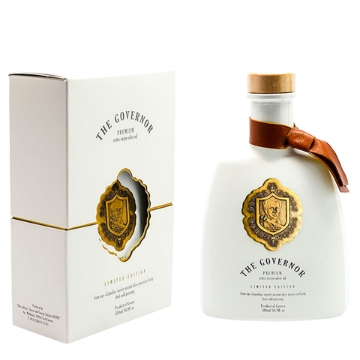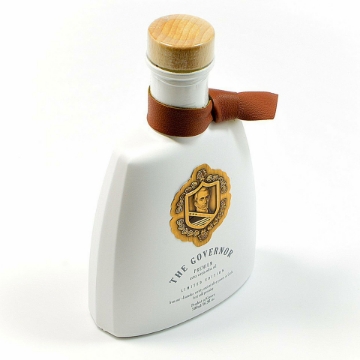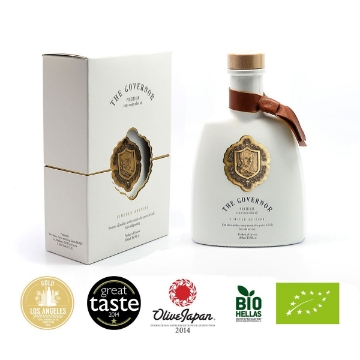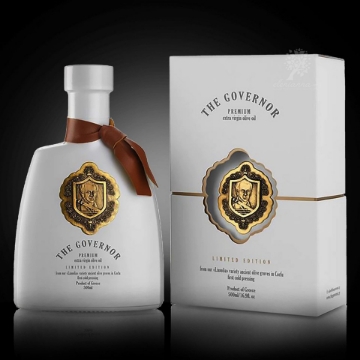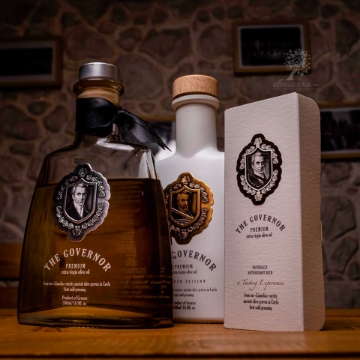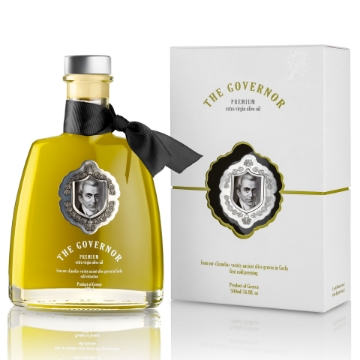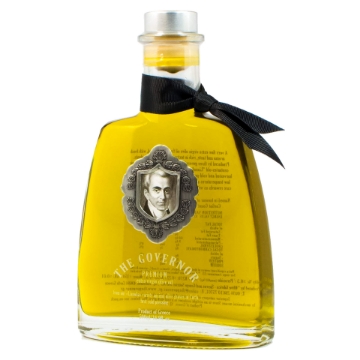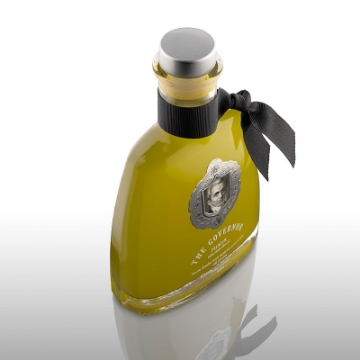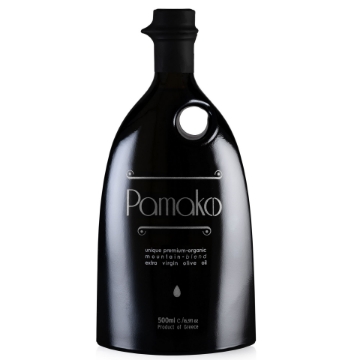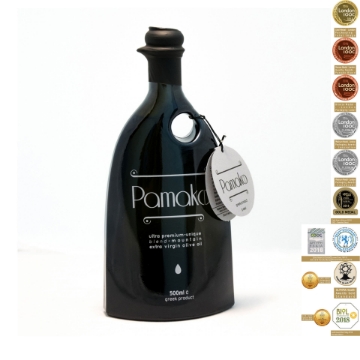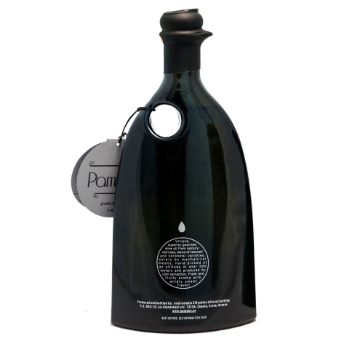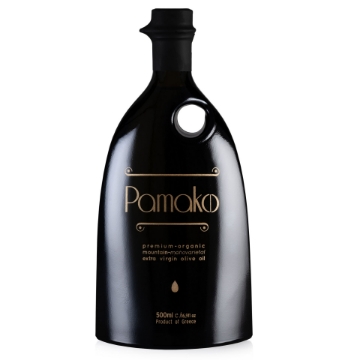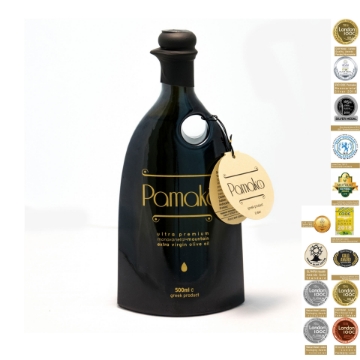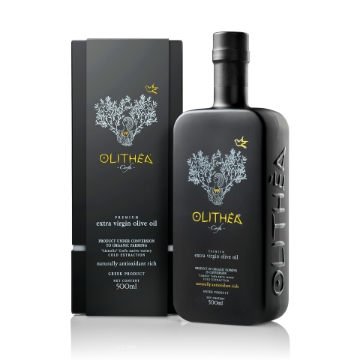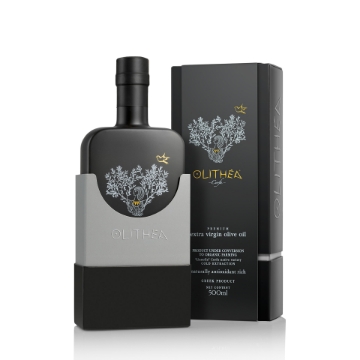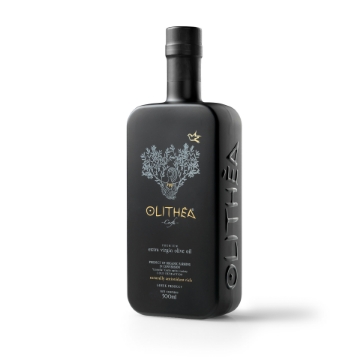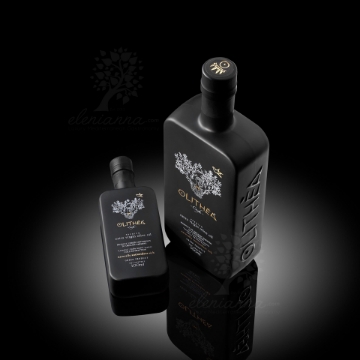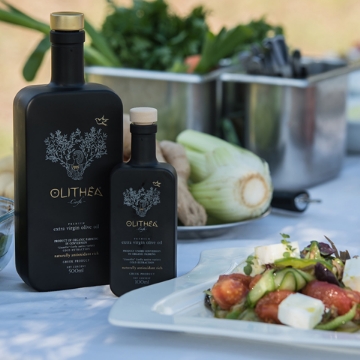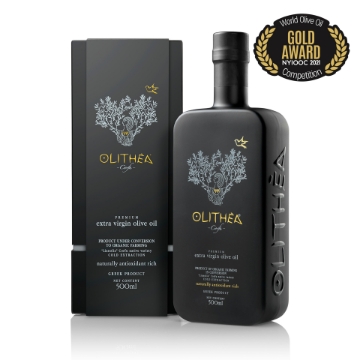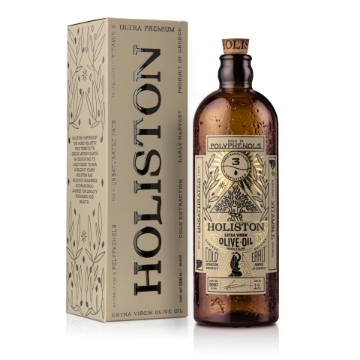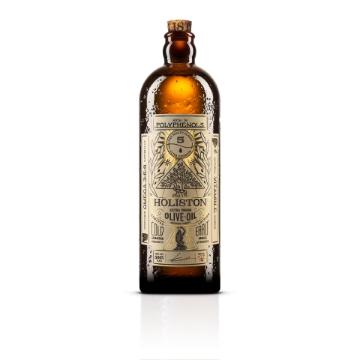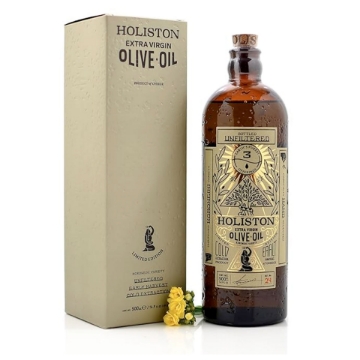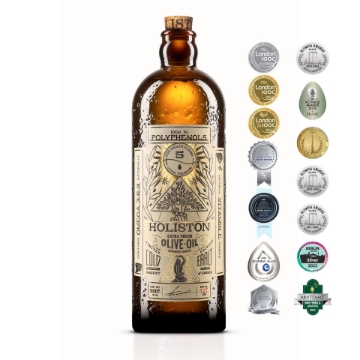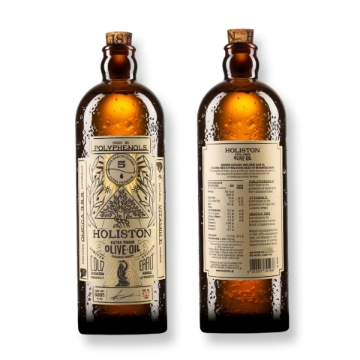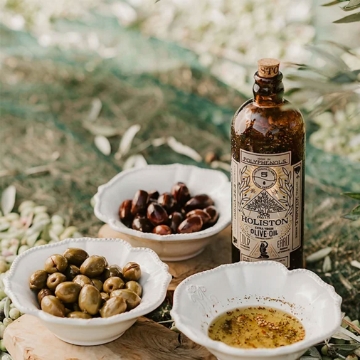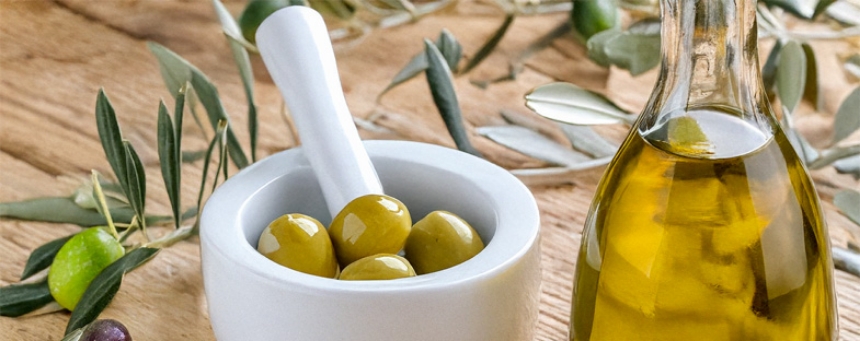
Summary: A practical guide to understanding high-phenolic olive oil—what it means, how to read producer lab reports, what it tastes like, and how to use it for maximum enjoyment. Note: Information below is educational and not medical advice. Always refer to the producer’s certified lab report for phenolic content. “High-phenolic” refers to olive oils naturally rich in phenolic compounds (e.g., oleocanthal, oleacein). These compounds are influenced by variety, climate, harvest time, milling, and storage. Early-harvest, cold-extracted oils typically show higher phenolics. Browse our curated selection of high-phenolic olive oils here: High-Phenolic Olive Oil Collection. Expect a bold, peppery finish and attractive bitterness—signs of high polyphenols. Pair with ripe tomatoes, grilled vegetables, pulses, aged cheeses, and bitter greens. For thoughtful gifting, explore our Luxury Greek Gifts and Personalized QR Video Gift Message. It depends on taste and use. Robust, early-harvest oils are intense; medium oils can be more versatile for everyday cooking. They naturally decline with time. Store properly and enjoy within months of opening. Ask for the producer’s certified, recent lab report tied to the specific batch.High-Phenolic Olive Oil: What It Is, How to Choose, and How to Use It
What “High-Phenolic” Really Means
How to Read a Lab Report (Plain English)
Taste Profile & Pairings
How to Use It
FAQs
Is high-phenolic always better?
How long do phenolics last?
How do I know the real phenolic content?
Related reading

